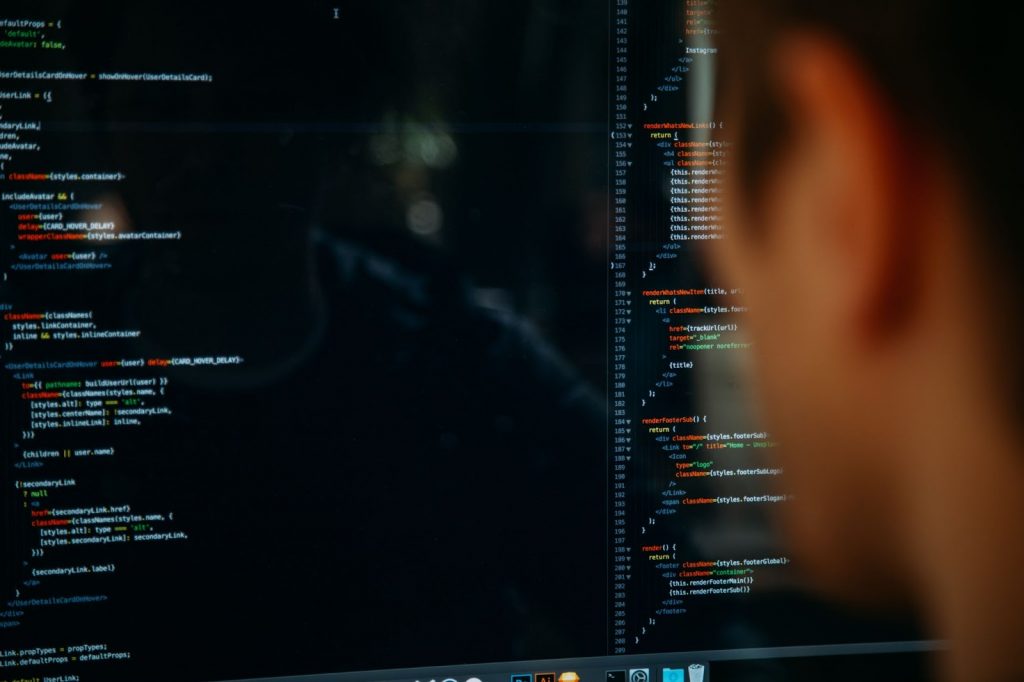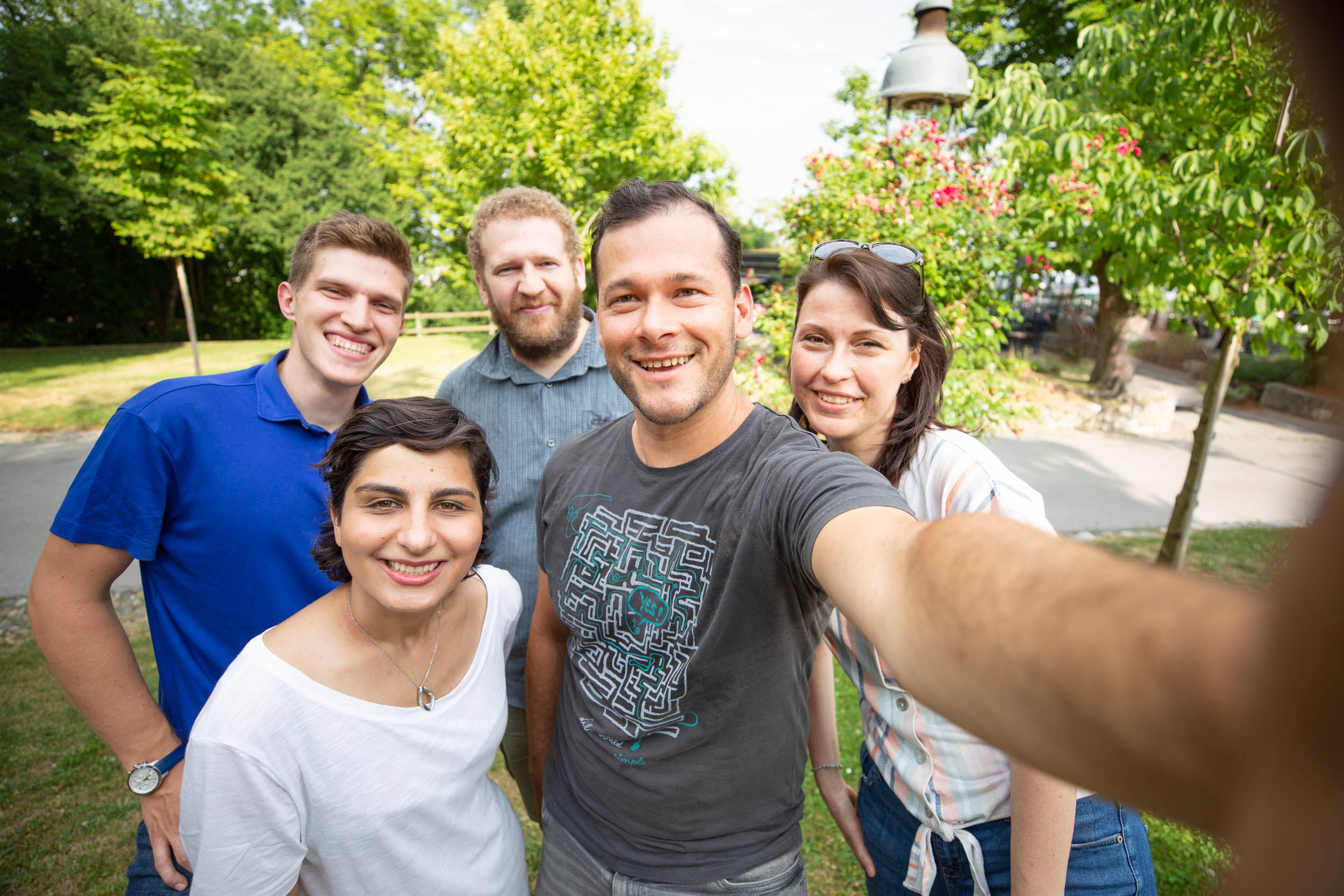My journey with Machine Learning and Gaming started when I was 8 and my parents bought their first PC, a Commodore 286, that I started using mainly for gaming. I immediately got hooked and that’s how my passion for games started. I think it’s a common story for many people especially in the late 80s early 90s. Computer games were not as widespread as they are today so every new game we got our hands on was super exciting.
I remember teaming up with friends after school trying the next new game; it was a really cool time. Already back then, I started to play with QBasic which was pre-installed on commodore. Driven by childish curiosity, I started to program my own games, so my passion for games has been with me as far as I can remember. A bit later, I started developing an interest in AI. At once, I discovered how difficult it is to program and to teach a computer to perform seemingly easy tasks, but also how amazing the human brain is in comparison – how it can do and learn so many things so effortlessly. There was this huge gap between human intelligence and what computers were capable of.

I recall how in 7th grade my math teacher asked the class if we thought that artificial intelligence could ever become as intelligent as a person. I found the question quite intriguing, and even if I didn’t know the answer back then, I surely wanted to find out. At that point it was clear that I wanted to study computer science, and I did my Master’s degree in Artificial Intelligence and Machine Learning. During that time I had the chance to cooperate with some of the top scientists in computational neuroscience, from whom I could gain more knowledge about how the human brain works. Working on that made me realize that academia would still take a lot of time to reverse-engineer the brain. And, as a person who loves a fast-paced environment, I decided to go into a new industry and try to actually build something that works today.
I started with a gaming company, which was exciting for me, as AI and especially deep learning hadn’t really set foot there yet, and I saw the potential for it becoming a key technology in gaming. Not too long after, it turned out I was right. I got the amazing opportunity to lead the AI team working on the Microsoft Flight Simulator 2020. My team developed a large-scale aerial image segmentation system to create a digital twin of our planet with more than 1.5 billion 3D building reconstructions, and 30M square kilometers of vegetation, all at a high level of detail.
What’s next? We’ve really just got started – we’re now building the next-gen digital twin of our planet with even greater detail, that serves not only gaming, but a much wider range of applications and industries. Stay tuned…



